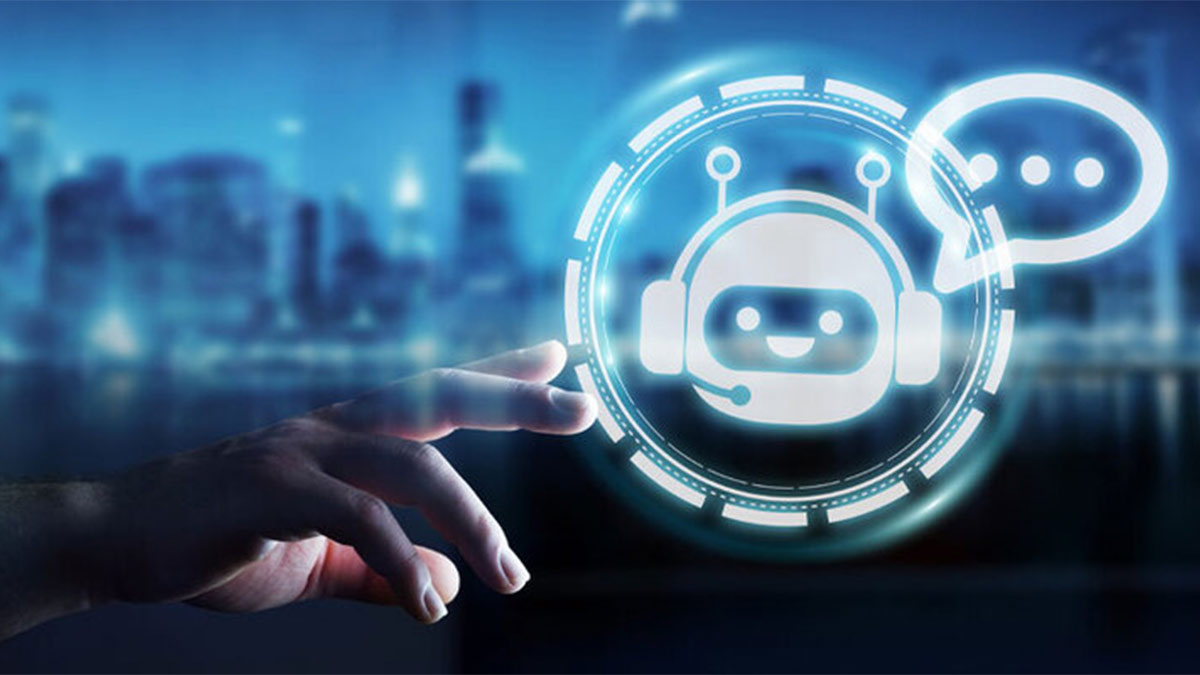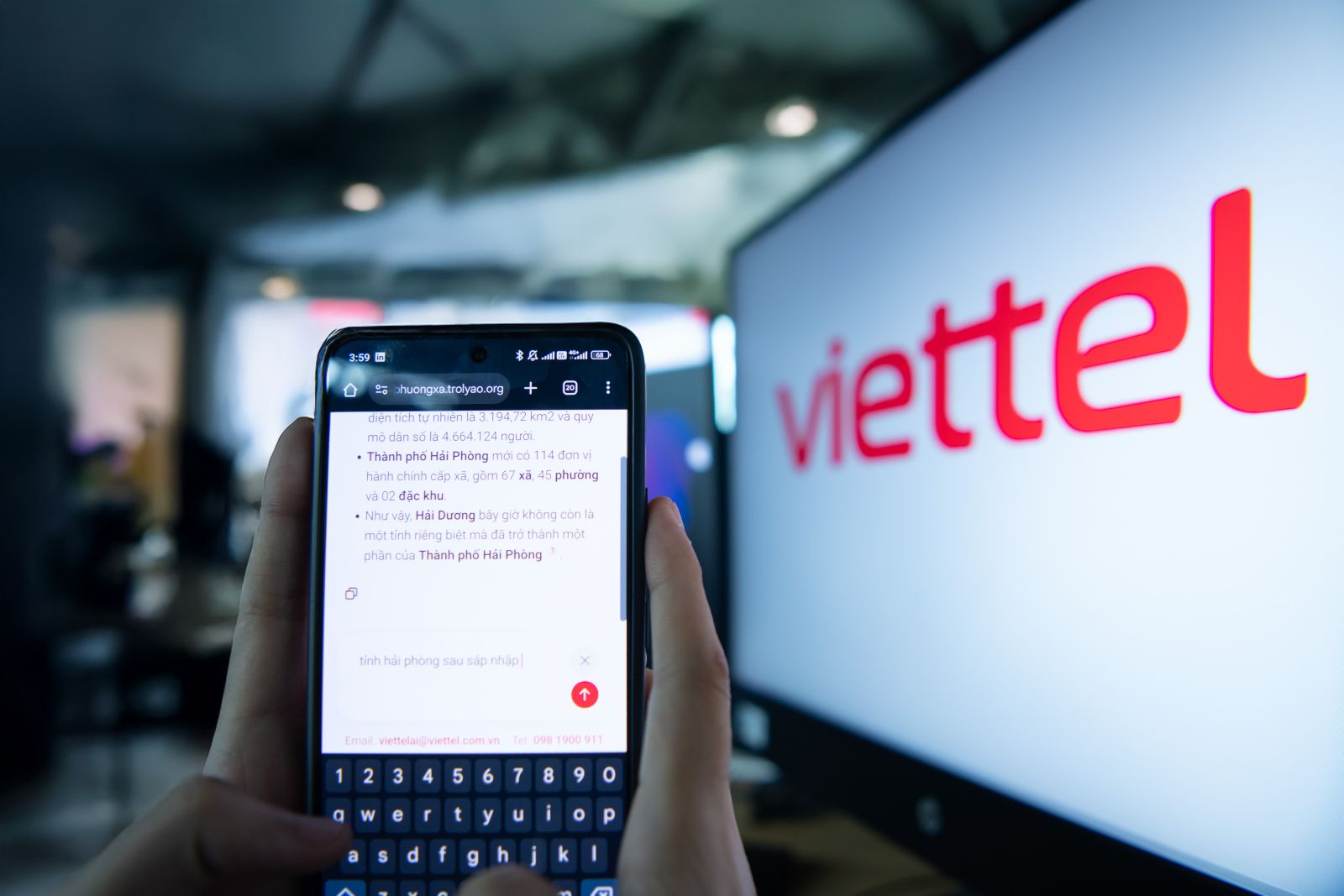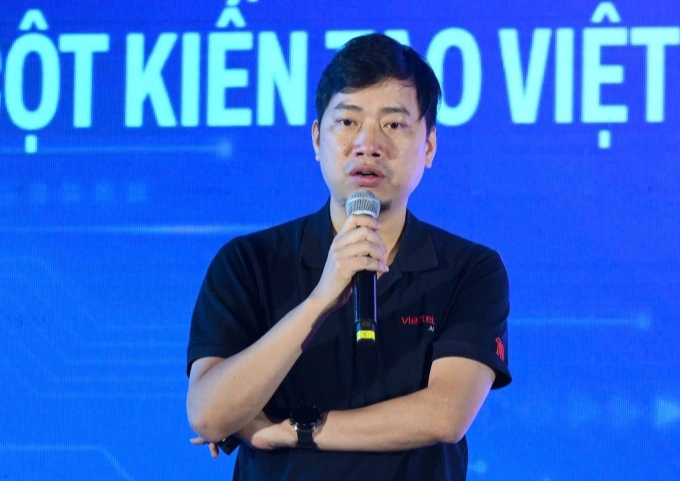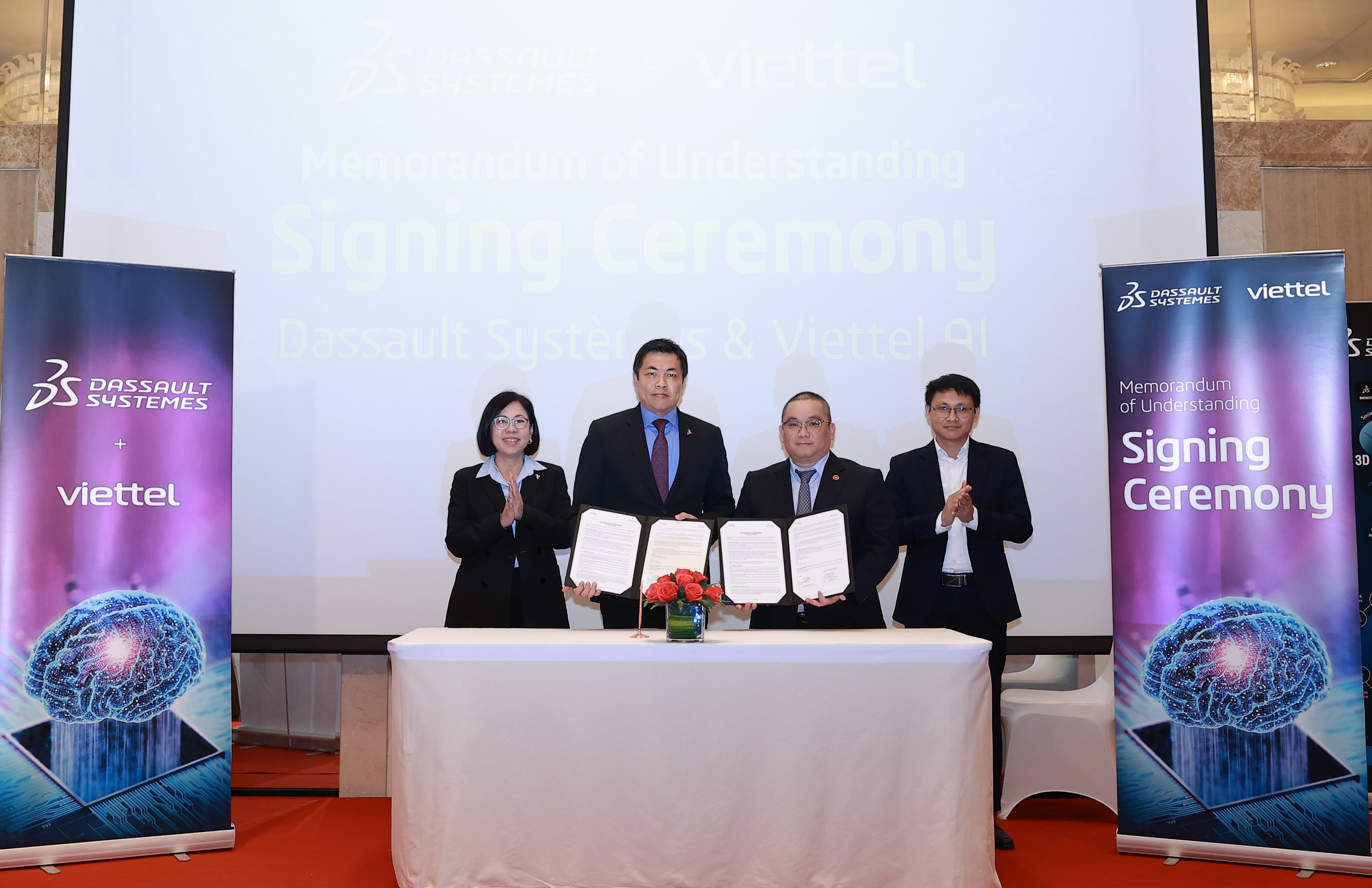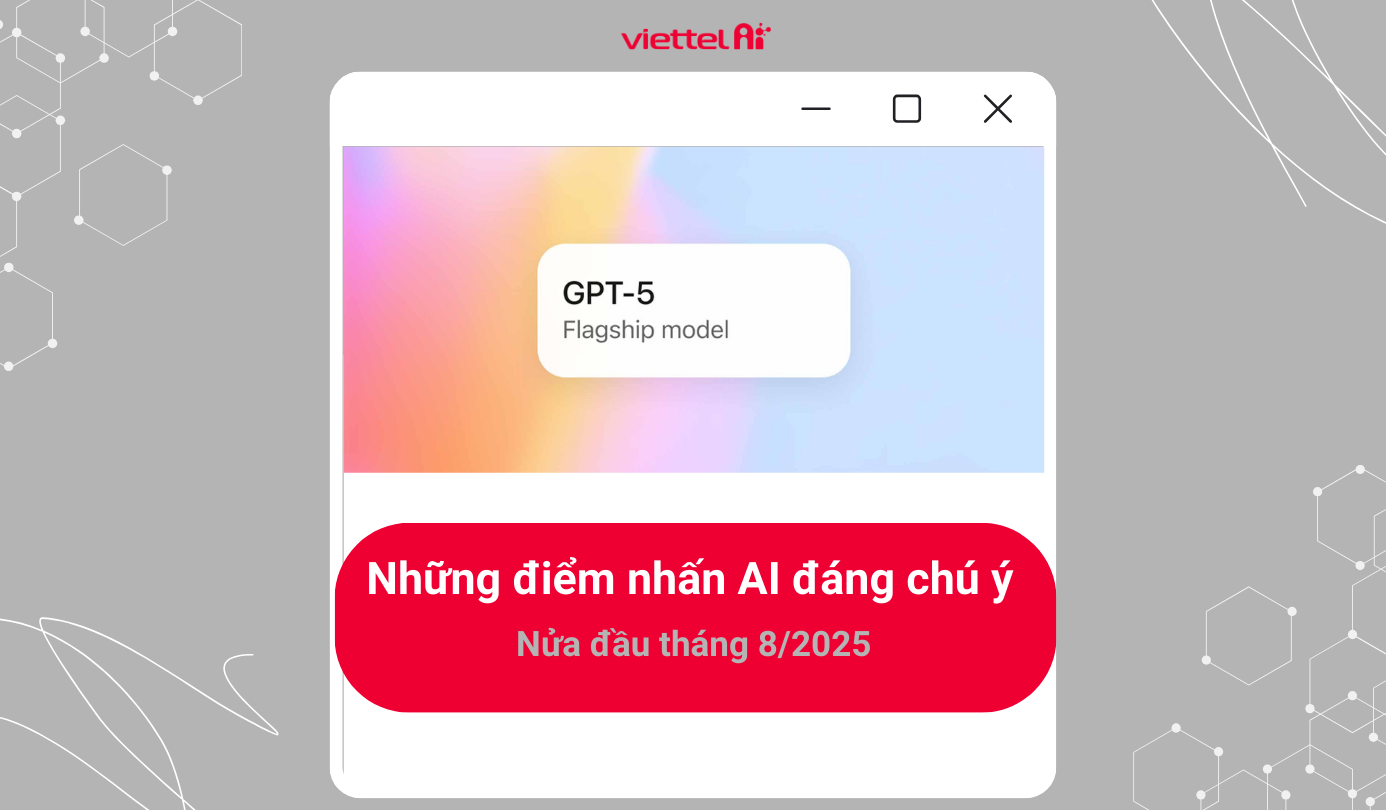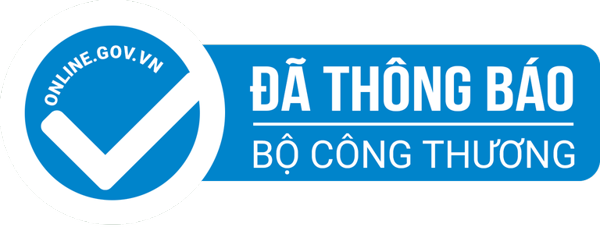1. OpenAI Officially Launches ChatGPT Agent
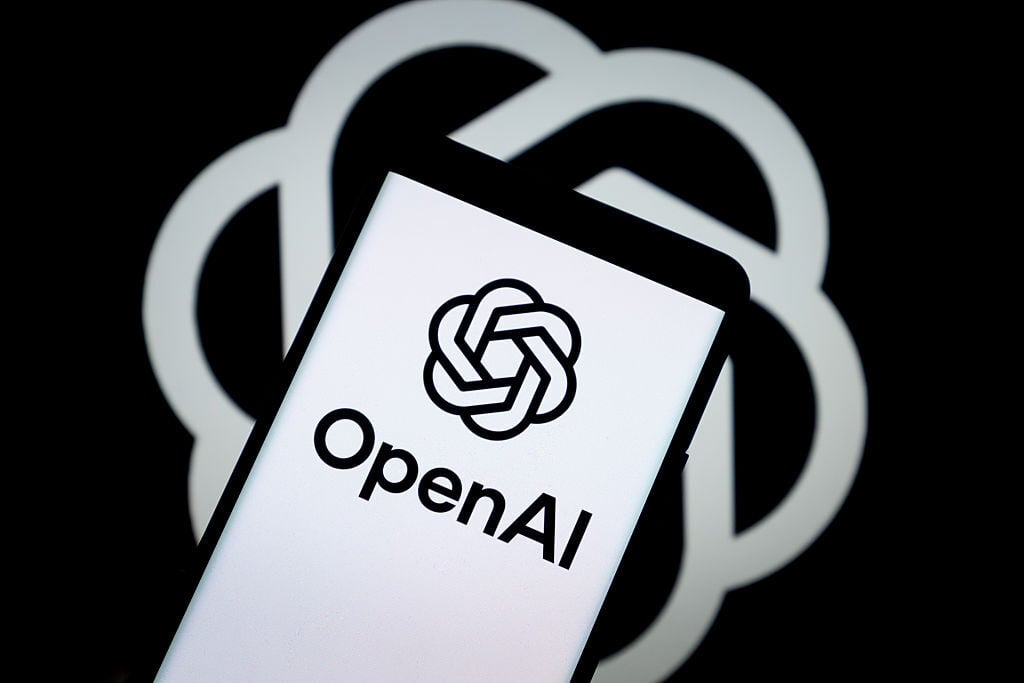
OpenAI has officially introduced ChatGPT Agent - a major leap forward in applying artificial intelligence (AI) to everyday tasks. More than just providing information or answering questions, ChatGPT Agent is designed as a versatile AI assistant capable of performing complex task sequences and even controlling a computer like a human.
Integrated directly into ChatGPT’s Plus, Pro, and Team plans, ChatGPT Agent can automate numerous office tasks such as web searching, drafting emails, filling out forms, scheduling meetings, processing data, and navigating software or browsers, all without manual user intervention.
To activate the feature, users simply type the command “/agent” or select it from the ChatGPT menu. With its ability to combine language model intelligence and software navigation, ChatGPT Agent promises to become a true "digital assistant," boosting productivity and ushering in a new era of human-computer interaction.
The launch of ChatGPT Agent marks a significant milestone in making AI a comprehensive support tool in both work and daily life.
2. Google Upgrades NotebookLM with Video Capabilities: AI Becomes a Smart Learning Assistant
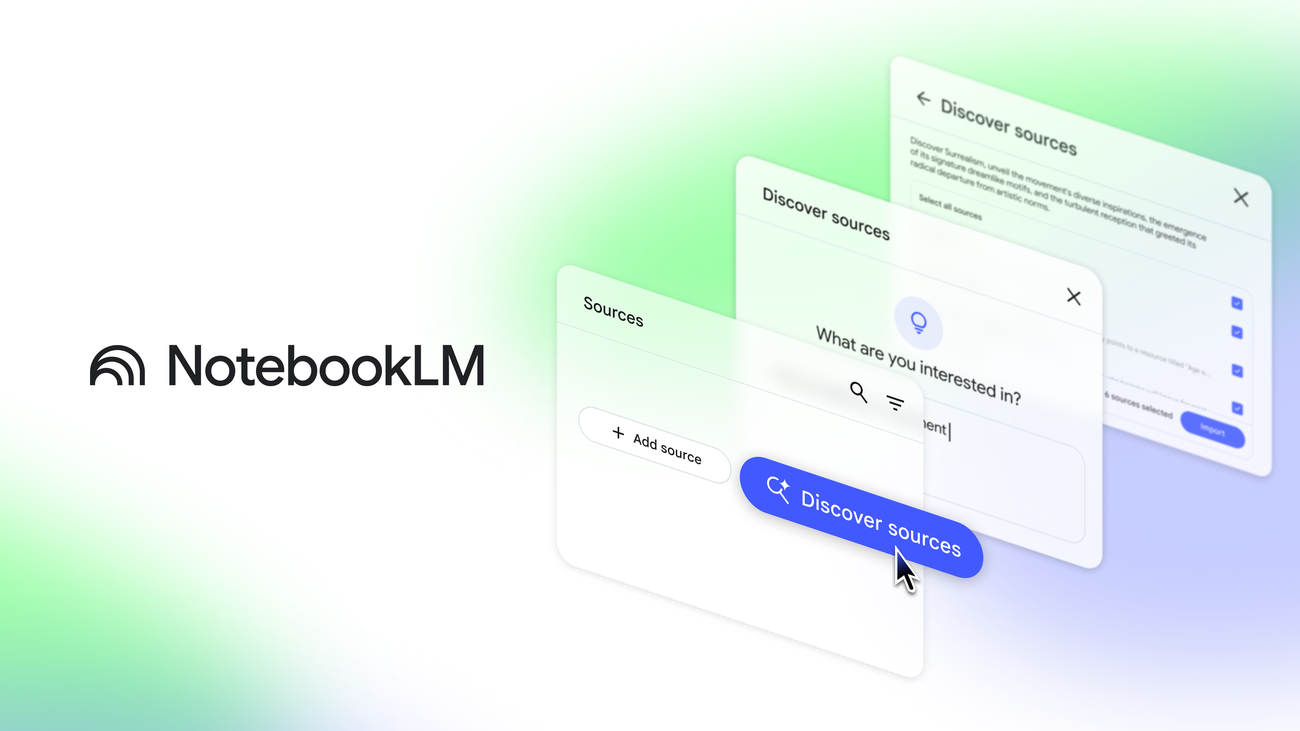
On July 29, Google officially rolled out the Video Overviews feature on its NotebookLM platform. This new feature allows users to easily convert documents into vivid, narrated video summaries.
What sets this feature apart is its ability to create personalized videos on demand users can issue prompts like “explain this chart” or “present this for advanced learners,” and the system will automatically generate a slideshow video with AI-generated narration.
Currently, Video Overviews supports English, with more languages expected soon.
The integration of this feature reflects Google’s ambition to shape NotebookLM into an intelligent digital learning assistant, where AI not only helps users understand content more quickly and visually but also becomes a powerful tool for knowledge sharing in both work and study.
3. YouTube Shorts Integrates AI to Turn Photos into Dynamic Videos
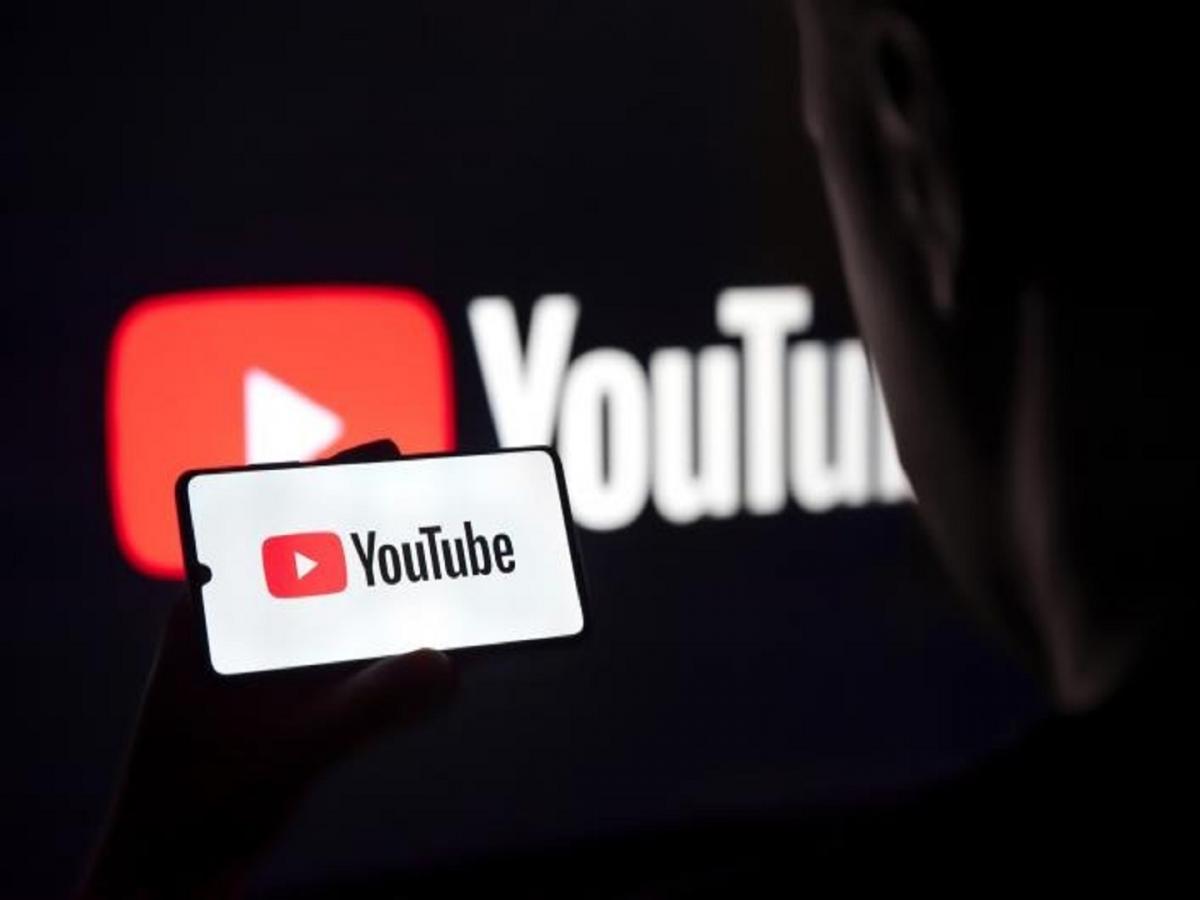
YouTube has just launched a new AI-powered feature for its Shorts platform that enables users to transform static images into dynamic, animated videos in just seconds. With a single uploaded photo, users can automatically generate a six-second animated clip, making content more vivid and engaging.
One example from YouTube shows a static image of a pedestrian signal transformed into a short video where the walking symbol zooms in and begins to dance.
According to YouTube, these new Shorts features are powered by Google Veo 2 - Google’s advanced video-generation AI model. Additionally, AI-generated videos will include clear watermarks and labels to help viewers easily identify synthetic content.
4. Netflix Uses AI for Film Production for the First Time
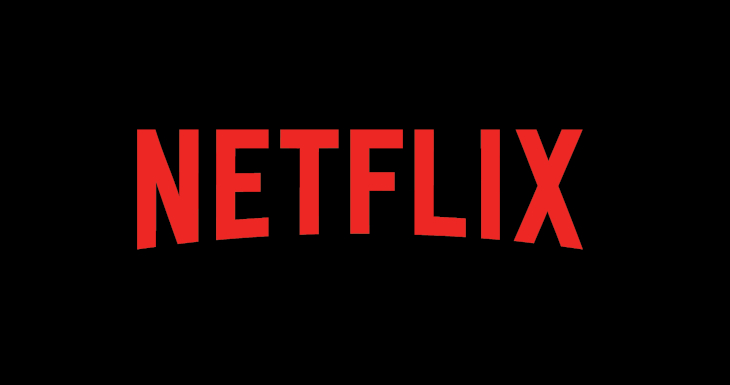
Netflix has marked a major milestone by using generative AI (GenAI) for the first time in the production of a self-funded film.
In the movie El Eternauta, a collapsing building scene was entirely generated using AI technology, a breakthrough showcasing not only Netflix’s technological advancement but also the growing importance of AI as a creative tool in filmmaking.
According to Netflix, using GenAI helped speed up production of the scene by a factor of ten compared to traditional visual effects methods, while also significantly reducing costs.
Moreover, Netflix is expanding the use of GenAI in areas like advertising, personalized user experiences, and content discovery. Interactive AI-powered ads are expected to launch in the second half of this year.
Source: TechCrunch, The Verge
Other news

